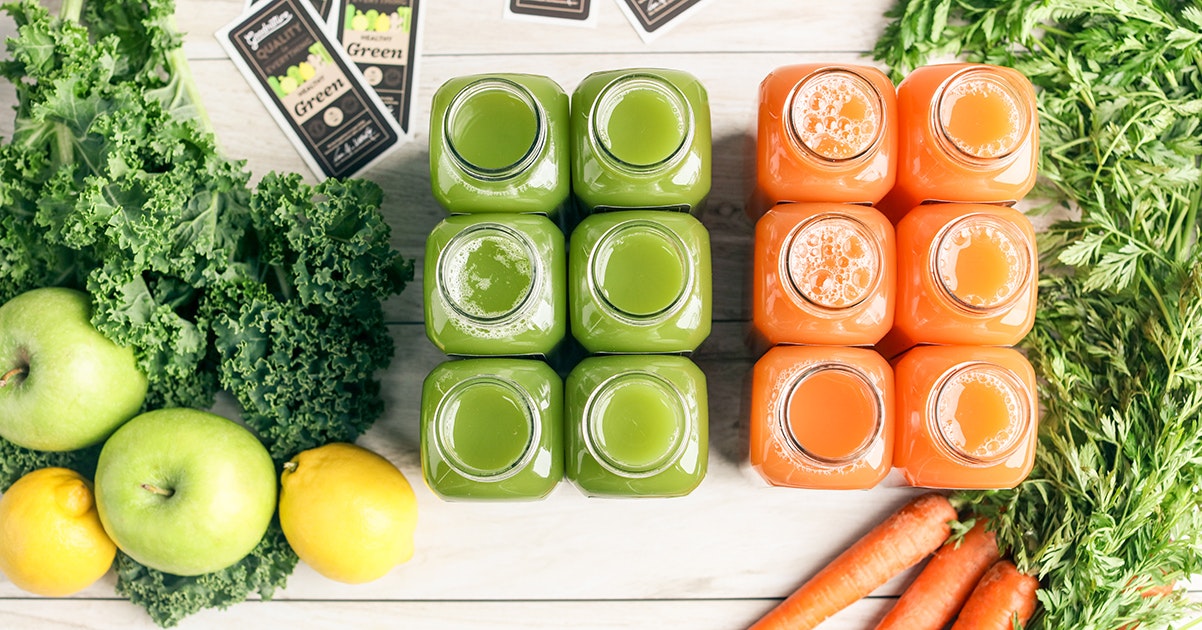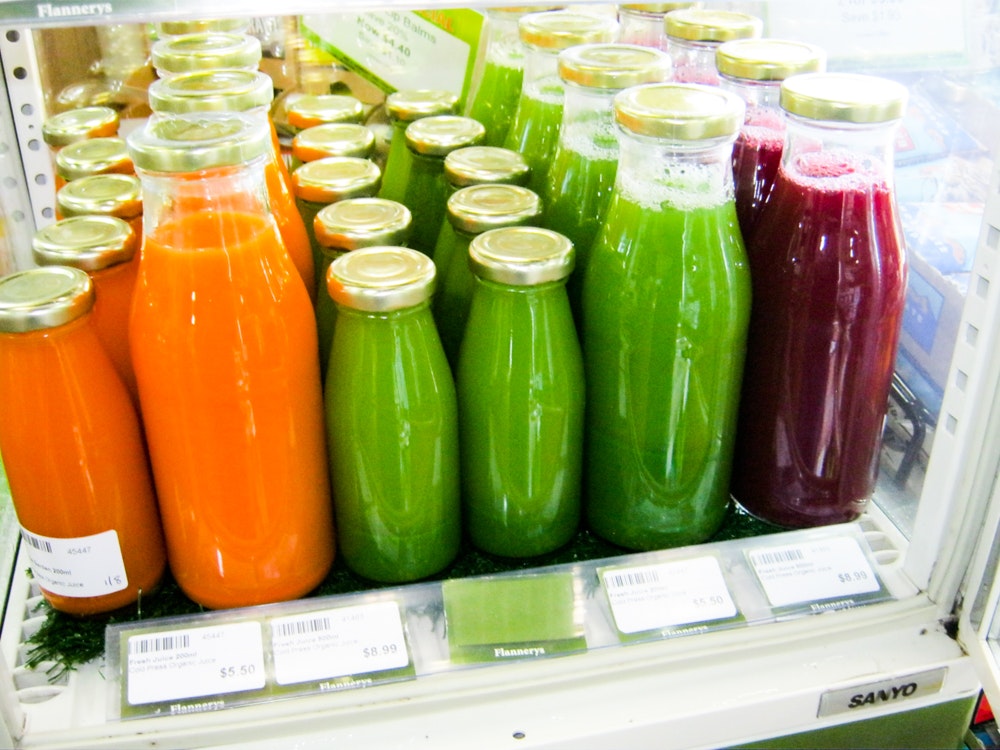
How Much Produce to Buy
Guest post by Paul Baudier, cold pressed juice, raw food, and smoothie consultant. How much produce should I plan on buying for my new cold pressed juice business? How much produce to order is a dilemma every operator faces. Do you under or overestimate? What is better for the bottom line? This can be as simple as how many bottles you choose to keep on hand or as complex as your entire production order. I always give my clients a good estimate for their opening orders- based on my experience- but what if you’re new to the game and have no clue what your par levels should be? How do you find your sweet spot?
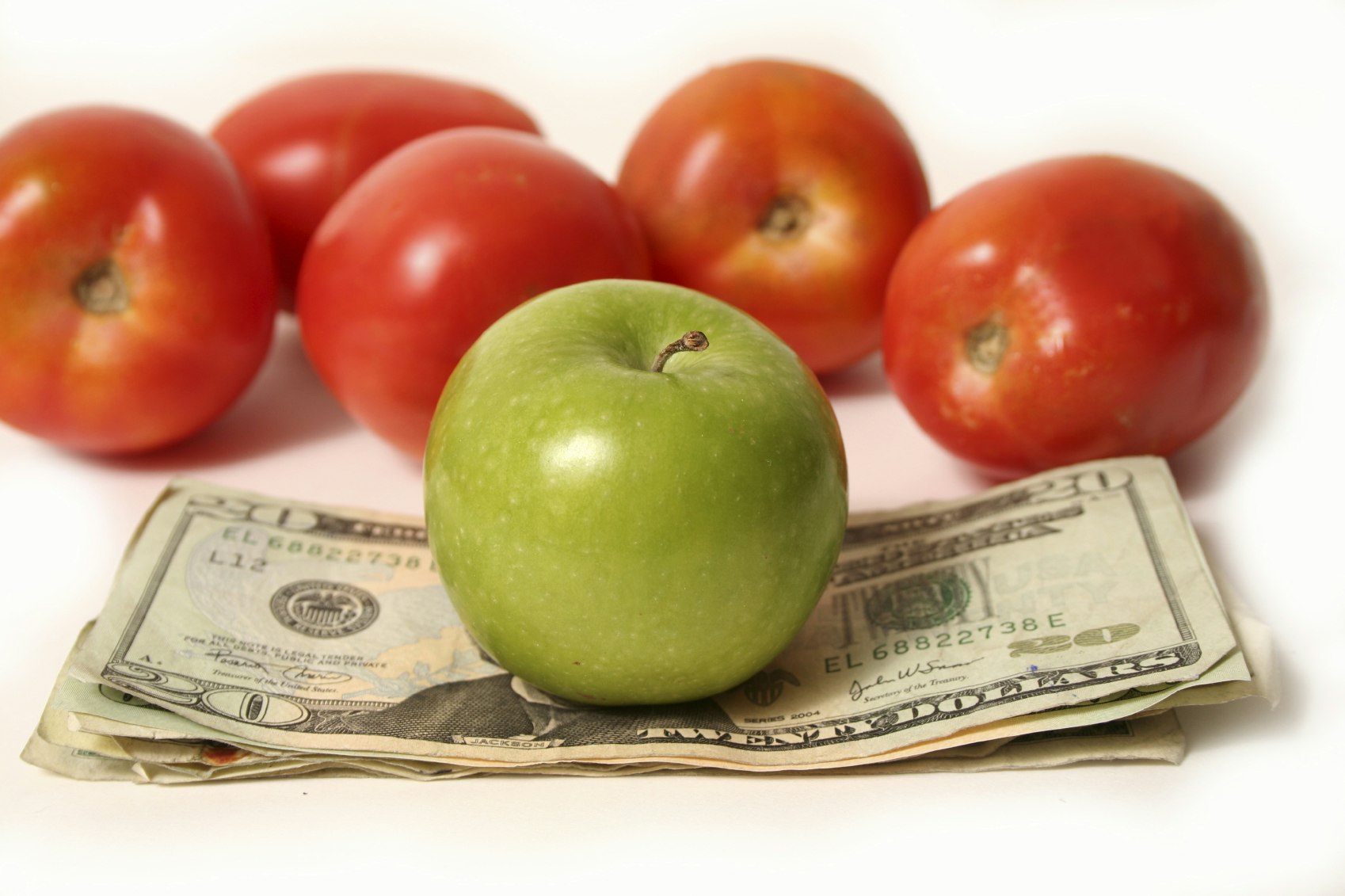
Calculating Food Costs for Cold Pressed Juice
How do I calculate food costs for cold pressed juice? Here is an easy guide to estimate food costs, without actually making any juice.

Cold Pressed Juice Branding
How to build a strong cold pressed juice concept. By Kenny Lao, Culinary Task Force I’ve had the honor of speaking with loads of folks and companies who are interested in opening up their own restaurant concepts. I always learn just as much from them as I hope they learn from me! Recently I have seen and worked with a bunch of clients that want to add a cold-pressed juice component to their brand or to open up a stand-alone juice program. Here are some of the most common pieces of advice I give folks when they are considering opening up a restaurant or juice concept. Think about your life and how you want to live it. I know this sounds kind of general but this is super important to the success of your concept. While restaurants and cold-pressed juice concepts are not rocket science, they require tenacity and commitment. Think about how you can leverage your energy, commitment and passion to make your idea a success but also how you can maintain a balanced life while doing so. You don’t want to get a few years into this and not want to handle it any longer. For success you shouldn’t think about how you fit into the restaurant but instead how the restaurant fits into your life. The best thing you can do to gain insight into whether or not you enjoy the lifestyle of owning a juice concept is to get a job at a juice bar that you respect. Gaining that hourly experience will help you understand what the day to day is really like. “You only choose a logo once but you will clean the front windows all the time.” Timing is everything. The most important thing that I have been able to do for my clients is to assist them in their management of the development and opening of their concept. Having a solid plan, creating a realistic (and specific) timeline for making decisions and knowing when to focus on mission critical tasks can be the difference between opening on-time and on-budget and opening late and over budget.

HACCP and SSOP Example for Cold Pressed Juice
Guest post by Eric Toussant, President of GlobalCert Food Safety, LLC For HACCP consulting services, contact Ari Sexner, juice business consultant. Download the example HACCP plan: New Juice Co HACCP Plan.zip Download the example SSOP program: New Juice Co. Sanitation Standard Operating Procedures
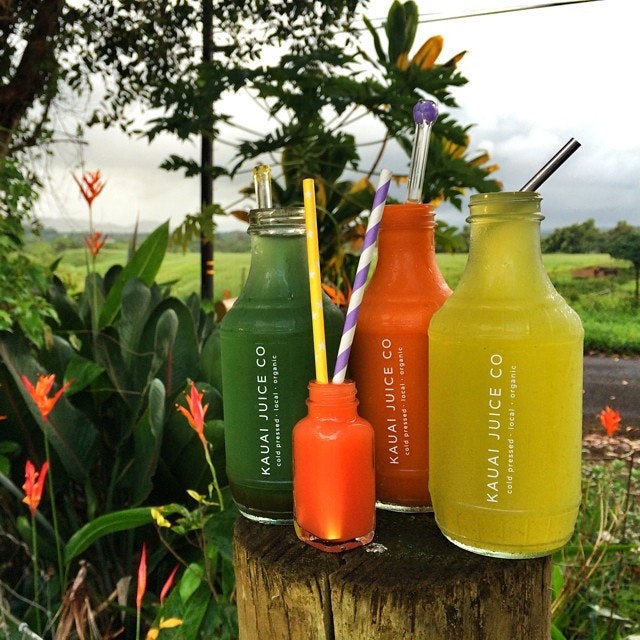
Cold Pressed Juice in Hawaii
Guest post – submitted by Kristal Muhich, owner of Kauai Juice Co The challenge of sourcing local produce I started a kombucha company 4 years ago thinking I was going to have access to all these great local tropical fruits here on Kauai, but as it turns out, our local food sources are very confined and 95% of our food is imported. Hawaii has a lot of perks, but a mass abundance of local produce is not one of them. This creates a lot of challenges for an organic juice company. For example I can’t call up a local farm and ask for 300 pounds of carrots. There probably aren’t even 300 pounds of carrots grown on Kauai combined, and we go through at least 1,000 pounds a week at Kauai Juice Co. I couldn’t believe there aren’t even professional coconut farmers here! To get fresh coconut water I need to contact all my local friends that are tree trimmers and beg them to bring us coconut water. The juice companies in the mainland have it so easy; they just get those imported Thai coconuts all picked, trimmed, and ready to go from their local produce distributors. Do you have any idea how heavy and big a real coconut is when it’s fresh? For two cups of coconut water…it’s ridiculous. On a more positive note, I was so happy to learn that greens grow quite well on Kauai. This island can provide excellent kale, parsley, chard, and cilantro (and pineapple, for 4 months out of the year).
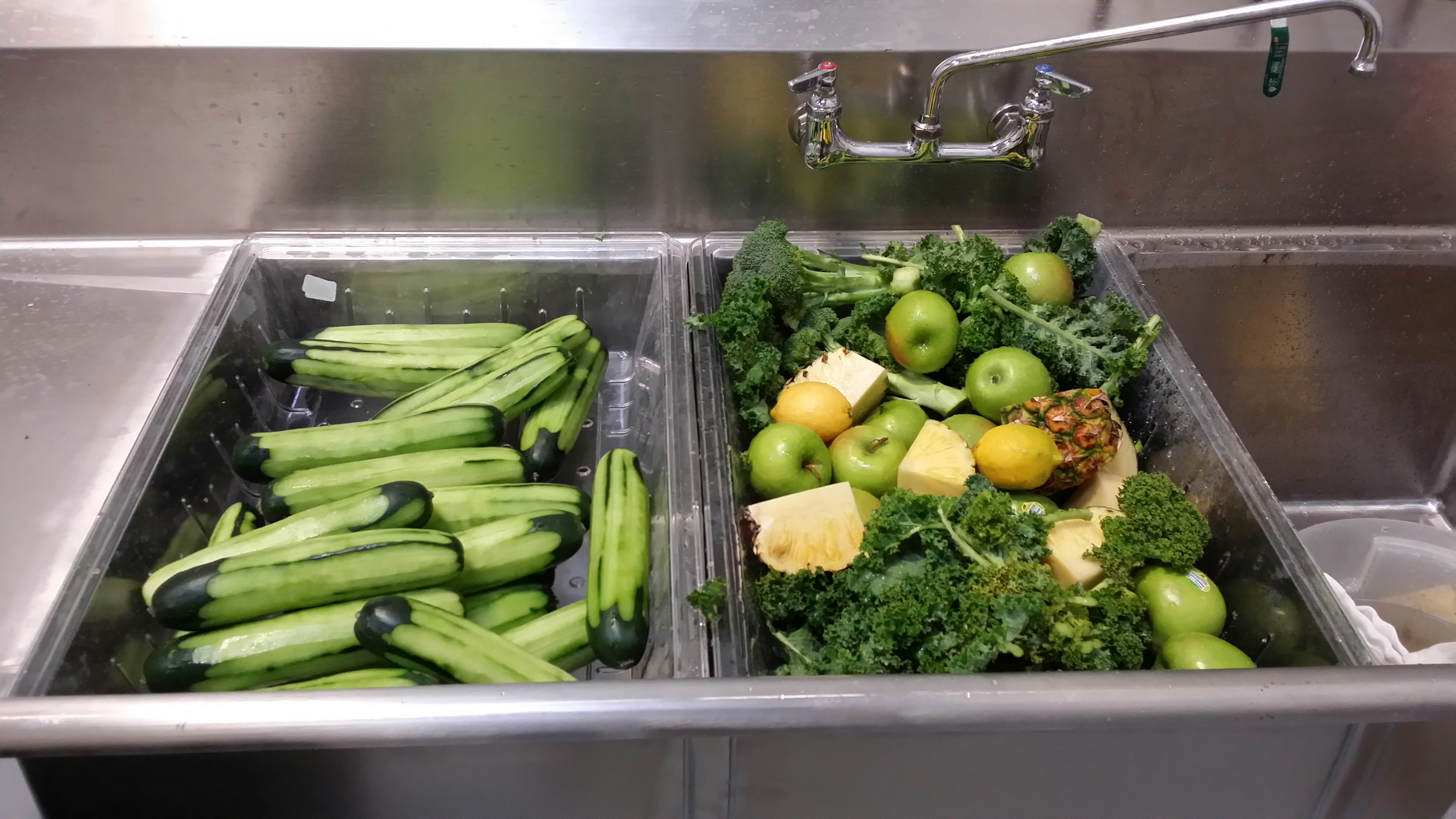
Mixing Produce or Grinding Separately
Should I juice every ingredient separately? This is definitely one of the most frequently asked questions regarding the Goodnature X-1 Cold-Press Juicer.
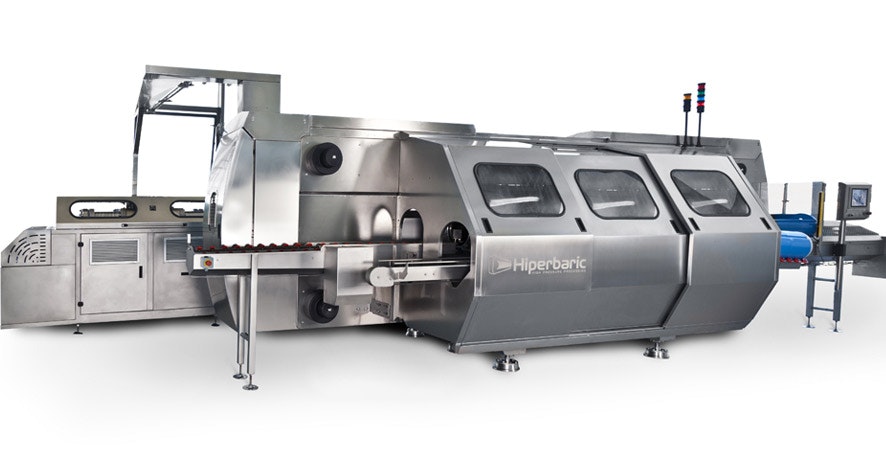
What is HPP and Do I Need It?
Regardless of the specific words used, HPP is the process of putting tons of pressure on a substance to achieve microbial inactivation or to “alter the food attributes in order to achieve consumer-desired qualities”.
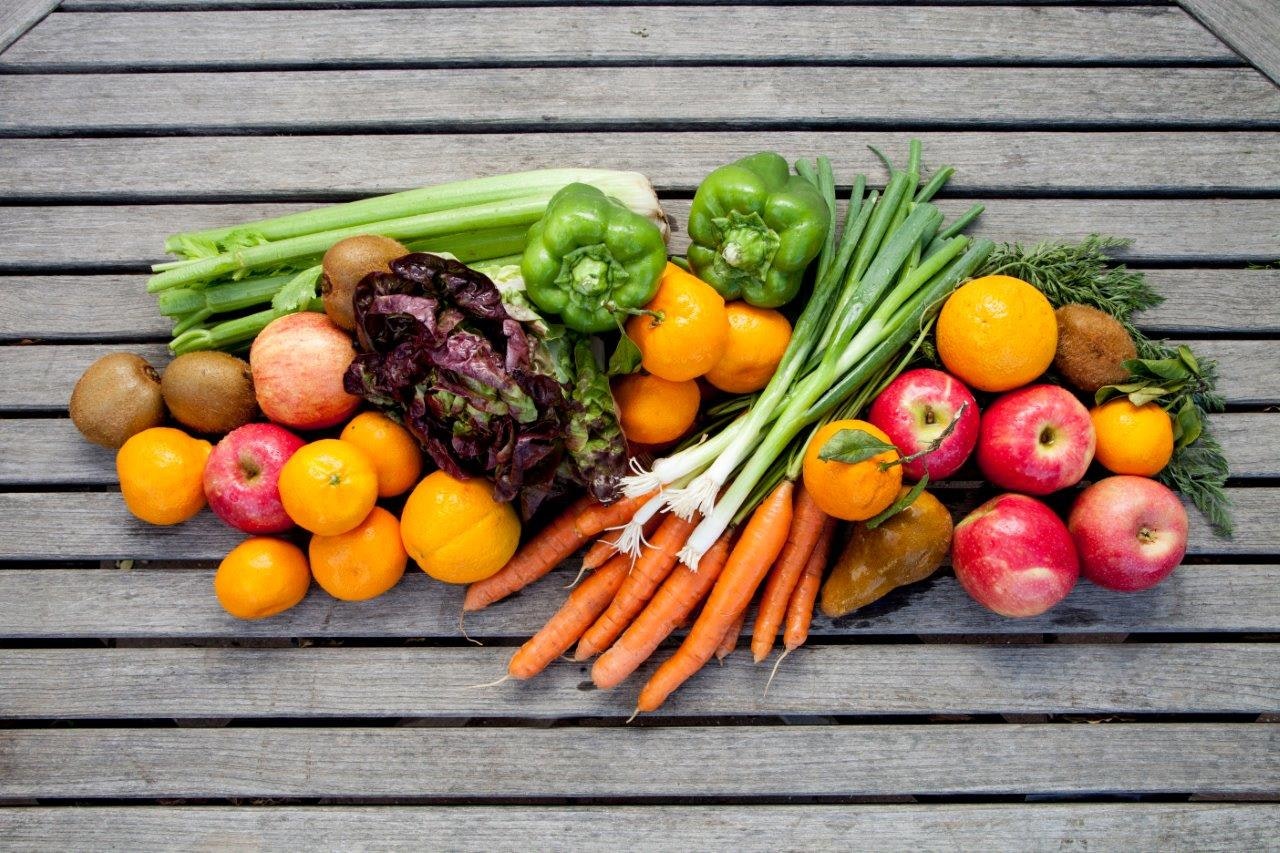
Sourcing Organic Produce (using CSA's)
As a small business, it’s important to introduce a high quality product and keep food costs down. Sourcing all that organic produce for cold pressed juice can be challenging, so here’s a tip to help you out: Community Supported Agriculture (or CSA’s) are a fantastic way to help your local farms/community, and supply your business with local produce. Here are some advantages from both ends, courtesy of LocalHarvest.org: Advantages for Farmers: Get to spend time marketing the food early in the year, before their 16 hour days in the field begin Receive payment early in the season, which helps with the farm’s cash flow Have an opportunity to get to know the people who eat the food they grow
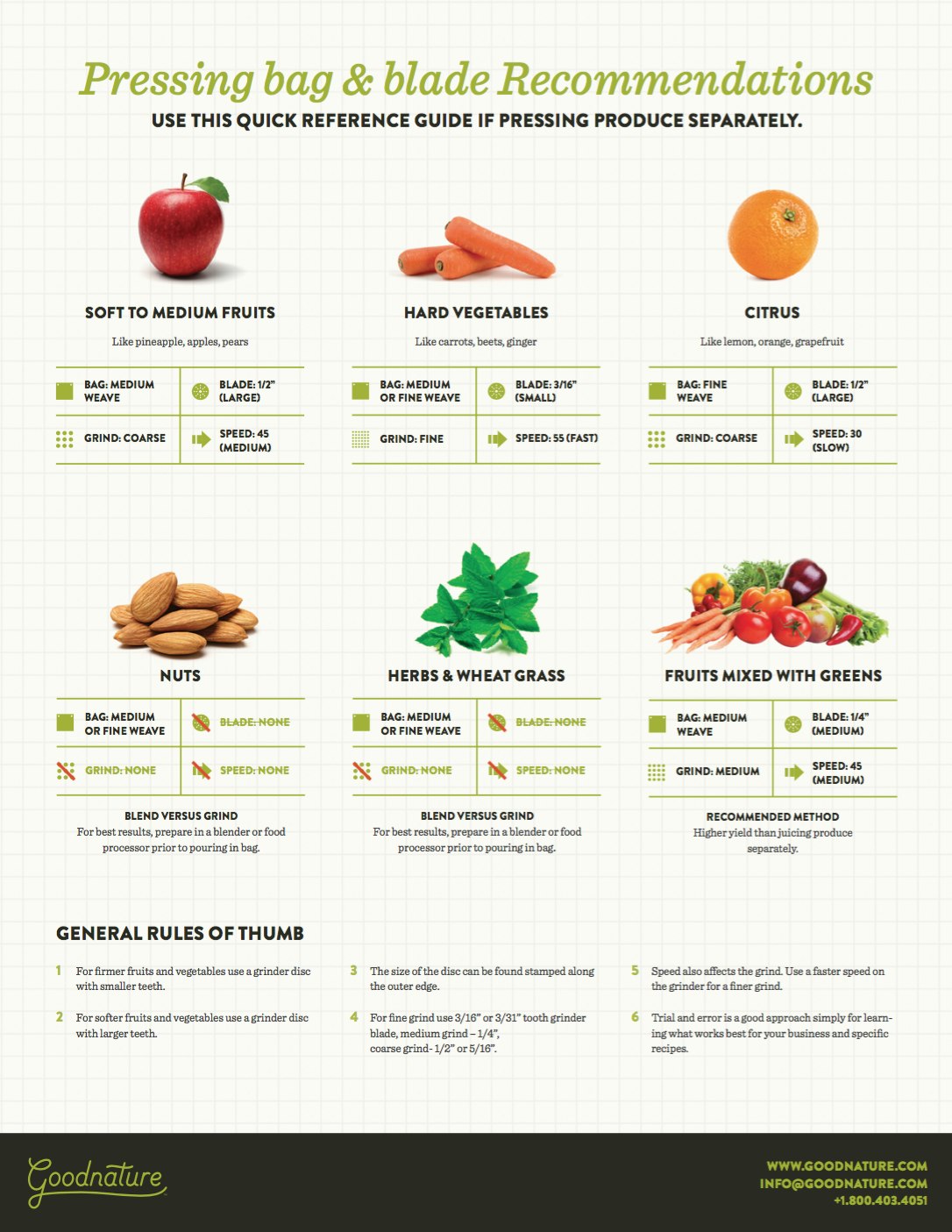
Blade and Bag Recommendations for the X-1 and EG-260
Which bag, blade, and grinder settings should you use? This is a very basic settings guide for the X-1 and EG-260. If you are mixing ingredients, usually the best combination is the 1/4″ blade at a speed of 40 Hz, and the medium weave press bag. We recommend mixing ingredients, since it makes the grinding process easier and you can achieve a better yield.

Plastic vs Glass Bottles
Which type of bottles should I use? Choosing either plastic or glass bottles for your new juice business is an important decision that might have more factors than you have considered. In this article, we will explore some of the pros and cons of each.
